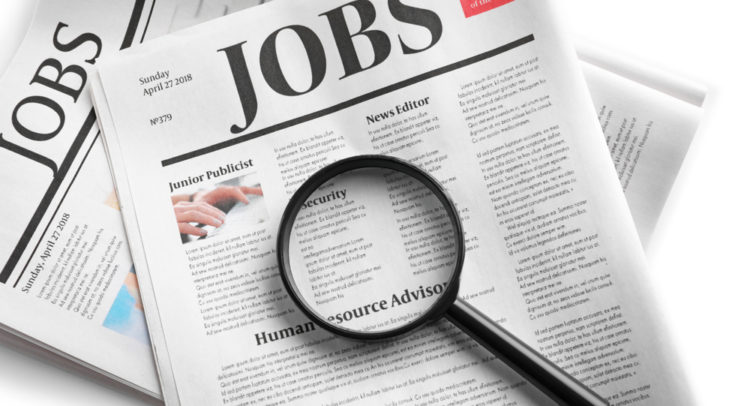
As of January 30, 2023, the United States has witnessed a notable rise in consumer confidence, reaching its zenith since the close of 2021. This uptick is attributed to Americans’ growing optimism towards the economy and the job market, underpinned by a more optimistic outlook on inflation.
According to the Conference Board, the sentiment index surged to 114.8 from a revised figure of 108 in the preceding month, aligning with median forecasts. This increase signifies a robust recovery in consumer outlook, reflecting broader economic resilience.
Current Economic Conditions: A Closer Look
The gauge measuring present conditions soared to 161.3, marking the highest point since the onset of the pandemic in March 2020. Concurrently, the expectations index ascended to a six-month peak, indicating a positive trajectory in consumer outlook.
A significant aspect of this resurgence in confidence is the adjusted inflation expectations, now at 5.2% for the upcoming year, the lowest since the pandemic’s early days. This adjustment in perspective is crucial for understanding the consumer psyche and its potential impact on spending behaviors.
Inflation and Employment: Key Drivers of Confidence
Dana Peterson, the Chief Economist at the Conference Board, suggests that the increase in consumer confidence can be attributed to a trio of factors: the deceleration of inflation, the anticipation of reduced interest rates, and stable employment conditions. This combination of factors is fostering an environment where businesses, while cautious, continue to retain labor, indicating a reluctance to initiate layoffs despite economic uncertainties.
This sustained confidence is likely to bolster household spending, a critical component of economic momentum. With consumer demand remaining resilient, supported by a robust job market and moderated inflation expectations, the economy seems poised for continued expansion.
Buying Plans and Economic Caution
Despite the overall positivity, there’s a noted caution in purchasing intentions. Consumers’ plans to acquire cars, homes, and major appliances have seen a slight decline, suggesting a cautious approach to significant financial commitments.
Whirlpool Corp’s projection of subdued sales further underscores the potential pullback in consumer spending, especially in high-value segments. The appliance giant’s forecast points towards a cooling housing market and a potential reticence towards luxury or non-essential purchases.
Job Market and Consumer Sentiment
An improvement in job market perceptions further bolsters consumer confidence. The proportion of Americans who view jobs as “plentiful” has risen, reaching its highest level since the previous spring. This optimistic job market view is corroborated by recent data indicating a surge in job openings to a three-month high, with vacancies outpacing Bloomberg’s economist projections.
This positive sentiment towards job availability contrasts with the cautious stance on significant purchases, presenting a complex picture of consumer behavior. While confidence in securing employment remains high, economic uncertainties, particularly in the housing and appliance sectors, are prompting consumers to hold back on substantial investments.
Implications for the US Economy
The interplay between rising consumer confidence, cautious spending plans, and a buoyant job market offers a nuanced view of the current economic landscape. As consumer sentiment continues to recover, the implications for economic expansion are significant. A confident consumer base is more likely to sustain spending, driving growth and potentially offsetting risks associated with inflation and interest rate adjustments.
However, the cautious stance on big-ticket purchases signals a broader apprehension, likely influenced by inflationary pressures and interest rate speculations. The Federal Reserve’s upcoming decisions will be pivotal in shaping future consumer confidence and spending trends.
As the US navigates through a period of economic recalibration, the rise in consumer confidence offers a glimmer of hope. Yet, the juxtaposition of robust job market optimism against cautious spending intentions underscores the complexities facing the economy. Looking ahead, the trajectory of consumer sentiment will be crucial in determining the pace and sustainability of economic growth.
With the Federal Reserve’s policy direction and broader economic indicators in flux, understanding the undercurrents of consumer confidence becomes vital. As we venture further into 2023, the resilience of the US economy and the adaptability of its consumers will be under close watch.
Featured image credit: Leonid Iastremskyi via Alamy Stock Photo
